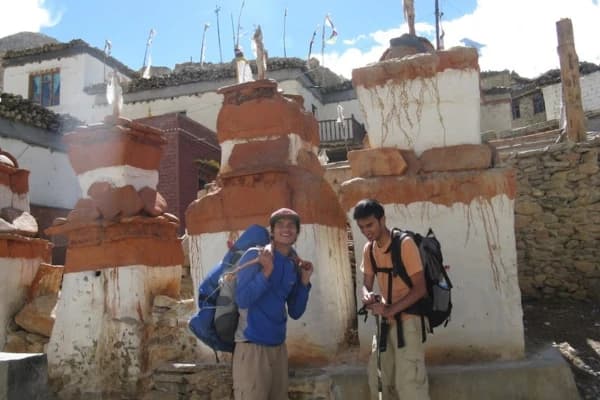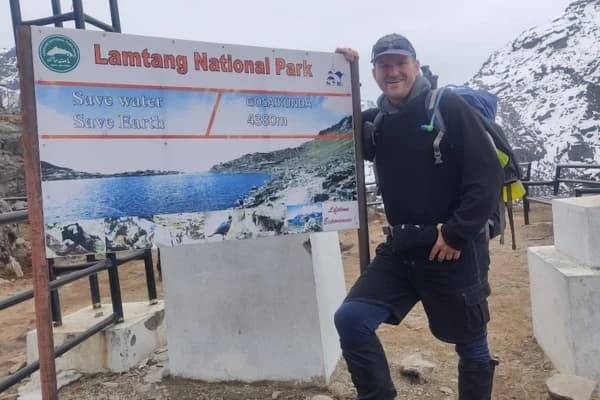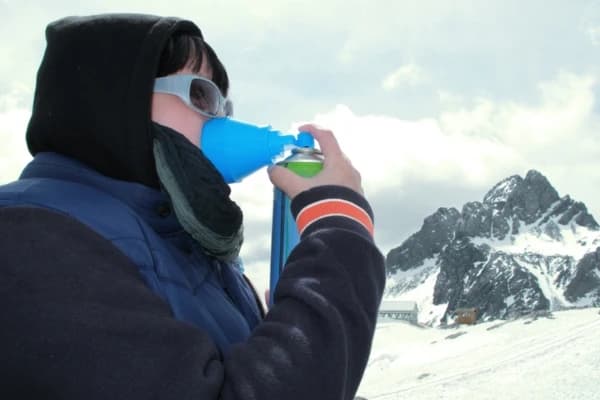The Nepal Trekking Weather Update Oct 2025 reports that since Monday, October 27, Nepal’s high-altitude trekking regions have been battered by heavy snowfall, avalanches, and extreme weather. Some of the major trekking routes in Everest, Annapurna, Manaslu, and Mustang are currently blocked, while lower-altitude areas are dealing with flash floods and landslides, leaving some trekkers stranded and travel disrupted.
Authorities are requesting everyone to postpone non-essential treks, carry proper winter gear, and stay informed through local guides and official updates. Please check the trail conditions daily and avoid risky passes until the weather calms down.
What’s Happening with the Weather in Nepal?
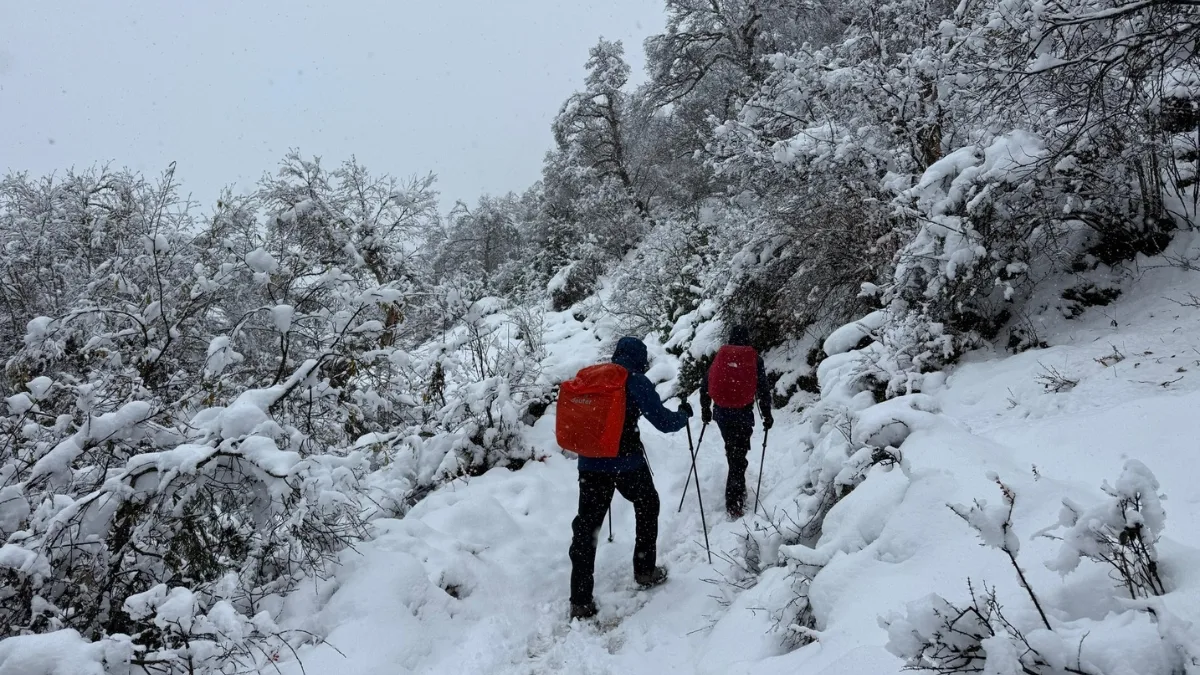
Due to a western disturbance combined with Cyclone Montha, a low-pressure system from the Bay of Bengal, Nepal’s trekking regions have been facing severe weather since late October 2025. Major popular hiking areas like Everest, Annapurna, Manaslu, Mustang, Manang, Myagdi, and Solukhumbu have experienced heavy snowfall, avalanches, and rain as a result of this unusual weather pattern. Continuous snowfall has blocked high-altitude trails, stranding trekkers, while lower-altitude regions face floods and landslides from heavy rain and hailstorms.
Over 1,500 trekkers, both foreigners and locals, were rescued from the trails near Tilicho Lake and other high mountain passes.
The Department of Hydrology and Meteorology (DHM) and the Nepal Tourism Board (NTB) say these extreme weather conditions are likely to continue until early November. Trekkers are advised to follow official updates, avoid risky passes, hire experienced guides, and carry proper winter and waterproof gear.
Typically, autumn is Nepal’s peak trekking season, but this year’s unseasonal weather has made it one of the most challenging seasons in recent memory.
Casualties and Tragic Incidents
While thousands have been rescued safely, some heartbreaking losses have occurred in recent days.
Climbing and Trekking Deaths
- Two foreign climbers - a 65-year-old Frenchman and a 66-year-old South Korean - died on Ama Dablam (6,814 m) due to falling ice and exhaustion.
- In Manang District, three trekking staff died of altitude sickness while supporting groups near Narpabhumi.
Weather-Related Deaths Across Nepal
- In Ilam and eastern districts, floods and landslides caused by torrential rains have killed at least 44 people.
- Dozens remain missing as authorities continue search and recovery efforts.
These tragedies highlight the importance of knowledge and weather preparedness, especially during normally "safe" seasons.
Rescue Operations in the Himalayas
Nepal's security and tourism personnel have led large-scale rescue missions across the mountain ranges to save stucked trekkers and tourists in the himalayas.
Major Rescue Updates:
- Over 1,500 people, including around 200 foreign trekkers, were rescued in the Manang District after heavy snowfall.
- Around 750 trekkers were evacuated from Tilicho Base Camp in Manang after being stranded by blizzards.
- 162 trekkers and tourists, including 17 foreigners, were rescued from Annapurna Base Camp.
- 72 tourists, including 17 foreigners, were rescued from Annapurna Base Camp after being stranded by snowfall.
- In the Hidden Valley and Dhaulagiri Circuit, 15 people (including 3 British women and Nepali staff) were rescued after being stranded by snow.
Helicopter Incident:

On Wednesday, October 29, 2025, an Altitude Air Airbus B3 helicopter crashed at Lobuche, along the trekking route to Everest Base Camp. The accident happened in the morning amid heavy snowfall and poor visibility. Fortunately, Bibek Khadka, the pilot, was unharmed despite the helicopter's total destruction. Trekkers in snow-covered areas are now unable to rely on airlifts for evacuation as a result of the Civil Aviation Authority of Nepal suspending all helicopter operations in the region until the weather improves.
Note: Even in these tough conditions, helicopter rescue teams, the Nepali Army, and local guides are woking nonstop, showing the bravery and dedication that Nepal’s mountain rescues are famous for.
Avalanche Risks Near Base Camps
Due to the heavy snowfall and sudden drops in temperature, the risk of avalanches is at its highest this season. Trekkers and climbers are strongly advised to stay on safe trails, avoid steep slopes, and remain extra cautious while navigating the mountains.
- Around Tilicho Base Camp, snow piled up to chest level, triggering avalanche warnings.
- Trekkers witnessed small avalanches and falling ice in Annapurna Base Camp (ABC) and Machhapuchhre Base Camp (MBC).
- Authorities have temporarily restricted high-altitude movement and are assessing trail stability.
Current Trekking Conditions by Region
|
Trekking Route |
Condition |
Risk Level |
Travel Advice |
|
Annapurna Circuit / Tilicho Lake |
Partial closure due to deep snow |
High |
Postpone or stay below 3,000 m |
|
Manaslu Circuit |
Restricted beyond Lho village |
Moderate–High |
Experienced trekkers only |
|
Everest Base Camp |
Snowy with occasional flight delays |
Moderate |
Plan flexible schedules |
|
Langtang Valley |
Cloudy, slippery trails |
Moderate |
Carry poles, avoid landslide areas |
|
Lower Mustang |
Wet but open |
Low |
Safe with caution |
For updates, follow local authorities and the Nepal Tourism Board.
Safety Tips and Planning for Trekkers
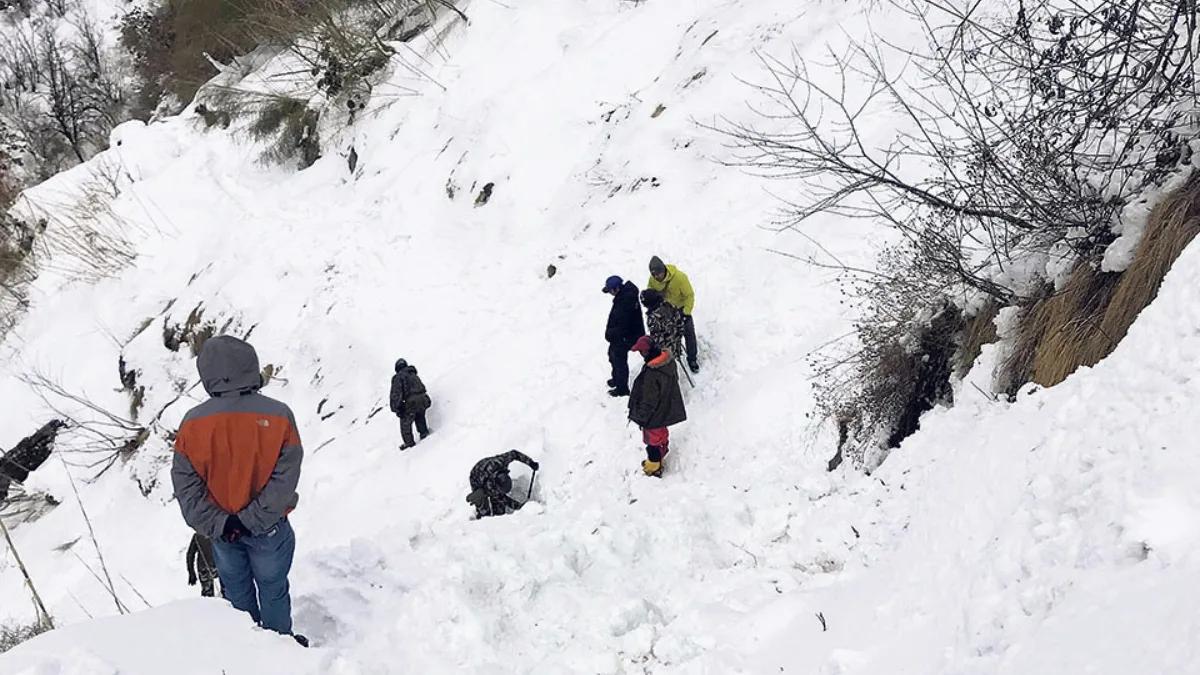
Trekkers in Nepal should always put safety first while enjoying the adventure. Here are some important tips to keep in mind:
Essential Safety Tips:
- Avoid risky routes: Don’t try to cross high passes or base camps without proper clearance.
- Carry essential gear: Make sure you have winter and rescue equipment such as gloves, snow boots, oxygen, and an emergency kit.
- Hire experienced guides: Only go with licensed trekking guides or agencies that get daily weather updates.
- Check your insurance: Ensure your travel insurance covers helicopter evacuation.
- Stay updated: Follow the latest information from the Department of Hydrology and Meteorology (DHM) and local police posts.
Planning Your Upcoming Trek:
- Consider lower-altitude treks like Ghorepani Poon Hill or Mardi Himal to reduce risk.
- Add 2–3 extra days to your itinerary in case of delays due to weather.
- Check the latest updates from the Nepal Tourism Board and DHM before you start your trek.
Safety Note:
Don’t rush your trek. Always read the latest weather updates, plan carefully, and stay warm in harsh conditions to ensure a safe and enjoyable trekking experience.
Adventure is about creating memories — but safety should always come first.
Weather Forecast for the Coming Days
Kathmandu Valley
- Oct 31 – Nov 2: Cloudy with occasional rain
- Nov 3 – Nov 6: Sunny with 24–26°C daytime highs
Mountain Regions
- Snow continues to fall above 3,500 m in Manang, Mustang, Dolpa, and Annapurna.
- Nighttime temperatures are dropping below –10°C.
- Steep slopes carry a moderate to high risk of avalanches.
- Lower altitudes are improving, but the upper Himalayan zones remain unpredictable.
Final Thoughts
This Nepal trekking weather update highlights how quickly Himalayan weather can turn dangerous. Within days, more than 1,500 people were rescued, avalanches struck base camps, and several lives were lost due to snow and altitude.
Yet, the spirit of Nepal remains unshaken, from rescue pilots to local villagers, everyone worked together to bring trekkers to safety.
Be adaptable, be informed, and always show respect for the mountains if you're planning a hike in the near future. Although the Himalayas are breathtaking, they require knowledge and prudence. Get in touch with Nepal Gateway Trekking for professional advice, certified guides, and the most recent information on weather and route conditions for a safe and organized trekking adventure.


